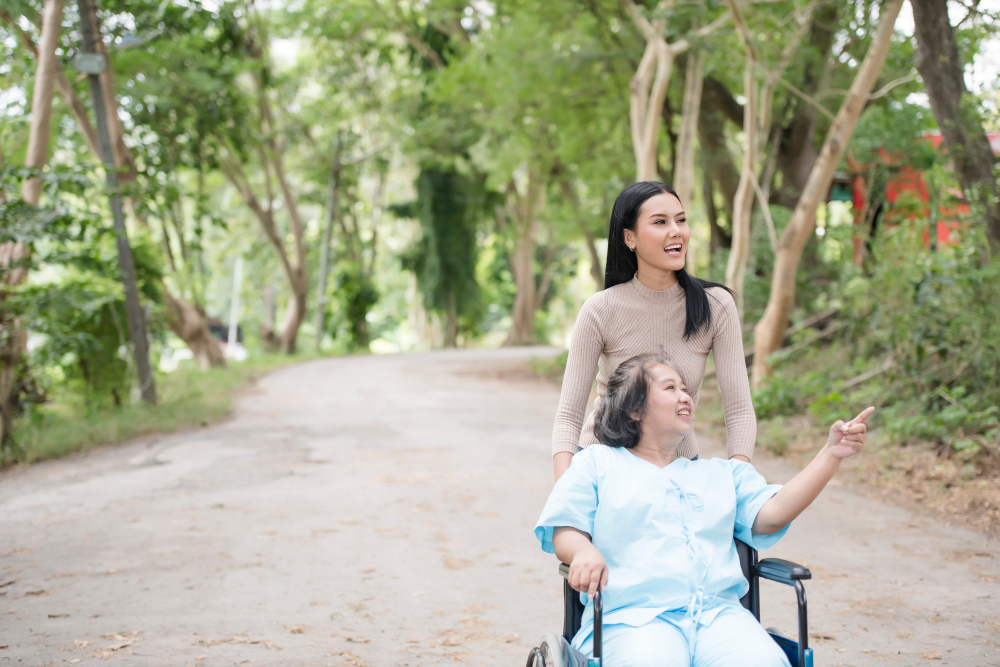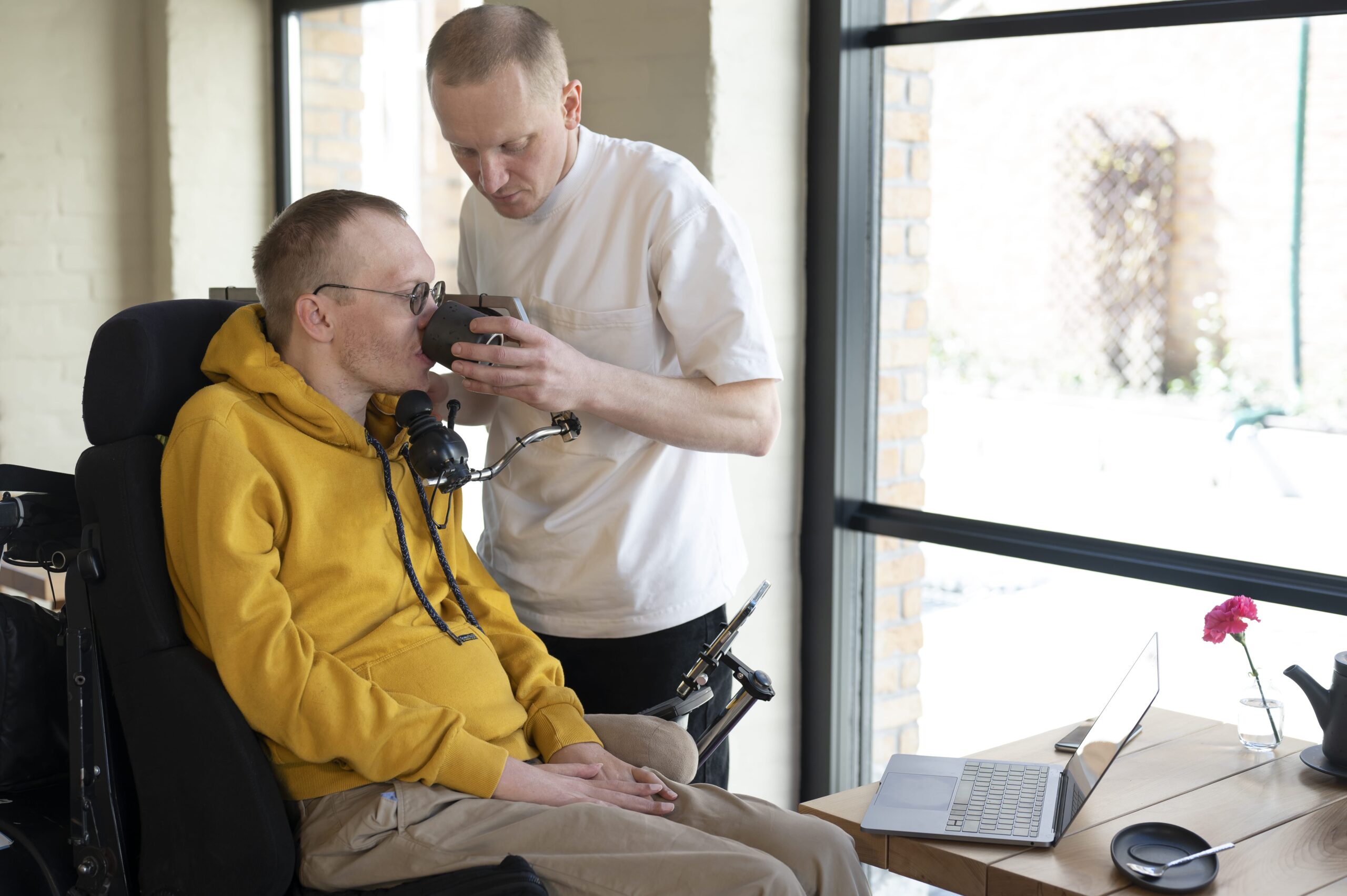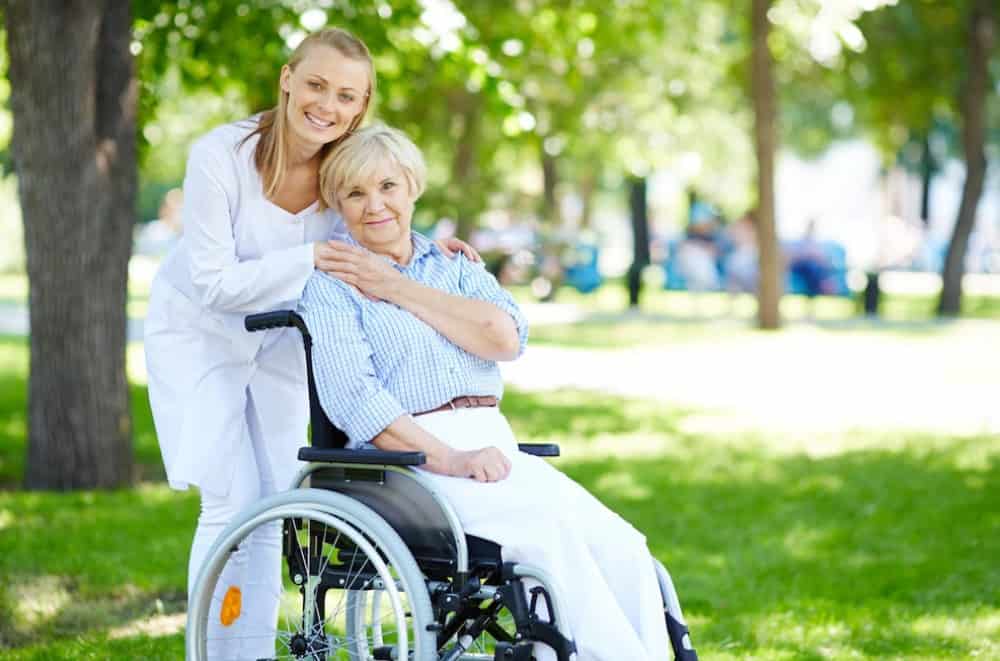If you’re like most adult children with ageing parents, you’ve probably lain awake at night wondering: “Is Mum okay at home? What if Dad falls and can’t get up?” It’s that constant worry that follows you through your day, the phone call that makes your heart skip a beat, the mental checklist you run through every time you visit.
You’re not alone in feeling this way. Every family navigating the journey of ageing faces these same concerns, especially here in Fairfield, where many of our beloved seniors have lived independently in their homes for decades. The good news? Most accidents at home are completely preventable with the right knowledge and a few simple changes.
This room-by-room safety checklist is designed specifically for families in Fairfield, helping you identify common hazards and implement solutions tailored to local home layouts, climate, and living conditions.
Why Home Safety Matters More Than You Think?
Falls are Australia’s leading cause of injury hospitalisation and death, representing 43% of injury hospitalisations and 43% of injury deaths. Even more concerning, around 30% of adults over 65 experience at least one fall per year.
Here in Australia, Australians aged 65 and over were 8 times as likely to be hospitalised and 68 times as likely to die from a fall as those aged 15–64. But here’s what you have to remember: falls requiring hospitalisation are most likely to occur in the home, which means this is exactly where we have the most power to make a difference.
In suburbs like Fairfield, where many homes were built decades ago and are now occupied by ageing residents, these risks are even more pronounced. Older home designs often lack modern accessibility features, and that’s exactly where this checklist comes in.
What Is a Home Safety Assessment?
A home safety assessment involves systematically reviewing each area of the home to spot potential hazards and make the environment safer for older adults.
Occupational therapists often conduct these assessments professionally, but families can start with this guide to make quick wins and decide if expert help is needed.
Concerned about your loved one’s safety and wellbeing at home? We offer trusted in-home aged care services in Fairfield tailored to individual needs. Contact us today to find the right support.
Your Room-by-Room Safety Assessment Checklist
Let’s walk through the step-by-step senior home safety checklist, starting from the front door and working our way through.
Entrance and Hallways
Your entrance sets the tone for safety throughout the entire home. Start here:
What to look for:
- Are light switches within easy reach near every doorway?
- Can you hear the doorbell from other rooms in the house?
- Do rugs or mats have slip-resistant backing, or do they slide around?
- Are walkways clear of clutter, shoes, or furniture?
Quick Fixes:
- Replace or remove loose mats, especially curled-up corners.
- Install motion-sensor lighting to prevent nighttime trips.
- Use contrasting paint or tape on stair edges for better depth perception.
Pro safety Tip: Many Fairfield homes have sunken entryways or tiled porches. Ensure these areas are level and non-slip, especially during wet seasons.
Living Room
This is probably where your loved one spends most of their time, so let’s make sure it’s set up for success.
Check these essentials:
- Is there good lighting, both natural and artificial?
- Do carpets and mats lie completely flat?
- Can you easily walk around furniture without squeezing through tight spaces?
- Are electrical cords tucked away from walkways?
- Is the main chair easy to get in and out of?
The furniture test: Sit in your loved one’s favourite chair. Is it easy to stand up from? Chairs that are too low or too soft can become traps. Look for chairs with solid armrests and the right height; when seated, feet should be flat on the floor with knees at about 90 degrees.
Kitchen
The kitchen presents unique challenges because it combines water, heat, and the need to reach for items at various heights.
Priority safety checks:
- Are frequently used items within easy reach (chest to hip height)?
- Is there adequate lighting over work areas and benchtops?
- Are floor surfaces slip-resistant?
- Is there good ventilation to prevent glasses from fogging up?
- Do you have a sturdy step stool with handrails if higher shelves are needed?
The “golden zone” principle: Help your loved one reorganise their kitchen so everyday items, dishes, glasses, and frequently used ingredients are all within what occupational therapists call the “golden zone” between hip and chest height. This eliminates dangerous reaching and bending.
Smart storage solutions:
- Pull-out drawers instead of deep cupboards
- Lazy Susans for corner cabinets
- Non-slip mats under cutting boards
- A kitchen trolley for transporting multiple items safely
Bathroom
The bathroom is statistically the most dangerous room in the house for seniors, but it’s also where simple modifications make the biggest difference.
Non-negotiable safety features:
- Slip-resistant mats in the shower and on the bathroom floor
- Grab rails in the shower and beside the toilet (not towel rails!)
- Good lighting, especially where medications are stored
- Easy access to soap and shampoo without bending or stretching
- A shower that’s easy to enter without stepping over high edges
Many families hesitate to install grab rails because they think it makes the bathroom look “institutional.” Modern grab rails come in attractive finishes and can enhance your bathroom’s appearance while providing crucial safety. Have them professionally installed; this isn’t a DIY job.
Consider these upgrades:
- Raised toilet seat if getting up and down is difficult
- Shower chair for those who find standing tiring
- Hand-held shower head for easier washing
- Non-slip flooring or specialised bathroom paint
Bedroom
Nighttime falls are particularly dangerous because they often go unnoticed for hours.
Essential bedroom safety:
- A bed at the right height, easy to get in and out bedside light that’s easy to reach when lying down
- Telephone within arm’s reach of the bed
- Bedside table for glasses, water, and essentials
- Bed coverings that don’t trail on the floor
- Walking aids (if used) are positioned within easy reach
The nighttime navigation plan: Consider a path of small nightlights from the bedroom to the bathroom. Battery-operated stick-on lights work perfectly and don’t require an electrician. Make sure the path is completely clear, with no furniture to navigate around in the dark.
Stairs and Outdoor Areas
If your loved one’s home has stairs or they spend time in the garden, these areas need special attention.
Stair safety must-haves:
- Light switches at both top and bottom
- Sturdy handrails on at least one side (preferably both)
- Non-slip treads on each step
- Step edges marked with contrasting paint or strips
- Carpets or runners are securely attached
Outdoor considerations:
- Well-lit pathways and entrances
- Paths in good repair without cracks or uneven surfaces
- Handrails on all outdoor steps
- Keep the Garden free of tools, and store them safely, not left on paths
- A hose reel to prevent tripping over hoses
Learn how to modify stairs safely here: Modify Stairs for Elderly Person.
When It’s Time to Call in the Professionals
Sometimes, despite our best efforts, we realise our loved one needs more support than a safety checklist can provide. Here are the signs it might be time to consider professional help:
Key warning signs to watch for:
- Multiple near-falls or actual falls in recent months
- Difficulty managing daily tasks that were once routine
- Confusion about medications or forgetting to take them
- Increased anxiety about moving around the house
- Physical changes like decreased balance, vision problems, or mobility issues
How does a professional home safety assessment work?
An occupational therapist will visit your loved one’s home and conduct a thorough assessment, looking at both the environment and your loved one’s abilities. It includes:
- A full walk-through of the home
- Review of the resident’s mobility, cognition, and routines
- Tailored recommendations and assistive equipment
- Coordination with local installers and government support programs (e.g. My Aged Care)
Let’s work together to create a safer, more comfortable environment for your ageing loved one. Contact Wisechoice today to learn about our trusted home and aged care services throughout Fairfield.
How Wisechoice Can Support Your Loved One’s Home Safety Journey
While this checklist empowers you to make significant improvements, sometimes you need an expert eye or ongoing support to maintain a safe environment.
At Wisechoice, we specialise in providing holistic aged care and home care solutions right here in Fairfield. Our services extend beyond this guide:
- Professional Home Safety Assessments: Our experienced team can conduct a thorough, personalised assessment of your loved one’s home, identifying nuanced risks and recommending tailored, practical solutions. We can also help coordinate with relevant professionals for home modifications.
- Ongoing Home Care Support: Our dedicated carers provide assistance with daily tasks, mobility support, medication management, and general household organisation, all of which directly contribute to maintaining a safe and hazard-free living space. We are deeply familiar with the unique needs of seniors in the Fairfield community.
- Navigating My Aged Care: If your loved one is eligible for government-funded support, we can guide you through the My Aged Care system to access appropriate funding for services that enhance their safety and well-being at home.
We believe that every senior deserves to live with dignity and safety in their own home. Let us partner with you to achieve that peace of mind.
Wrapping Up!
A safe home isn’t about restricting freedom; it’s about protecting it.
Your loved one deserves to age gracefully in a familiar space, surrounded by their memories and community. With the right safety measures in place, they can do just that, and you can rest easier knowing they’re secure.
Need help taking the next step? We’re just a phone call away. Ready to ensure a safer home for your loved one in Fairfield? Contact us today to learn more about our tailored home safety and care services.



